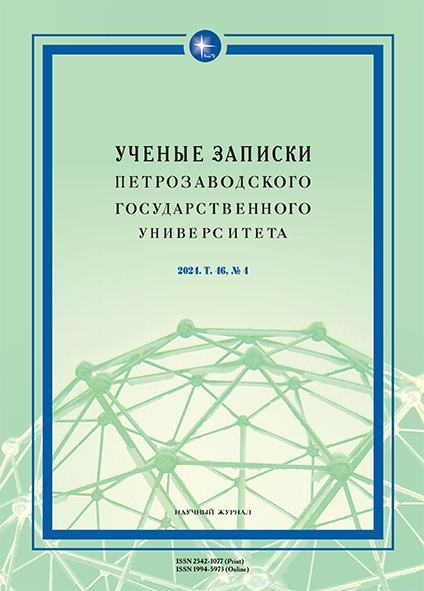Религиозный ландшафт провинции Юньнань
(по материалам Цинского альбома из собрания Научной библиотеки
Санкт-Петербургского университета)
RELIGIOUS TERRAIN OF YUNNAN PROVINCE
(in the Qing-period album from the collection of the Scientific Library
of Saint Petersburg State University)
Author(s): Ekaterina Aleksandrovna Zavidovskaya, Anna Mihailovna KharitonovaSubject(s): History
Published by: Петрозаводский государственный университет
Keywords: Yunnan; source; Chinese book collection; Qing period; Confucianism; Buddhism; Yizu;
Summary/Abstract: The hand-written Qing-period album about Yunnan Province from the Scientific Library of Saint Petersburg State University (No Xyl. F-25, created around the 1830s or 1840s) contains 76 maps of Yunnan Province and its territories with descriptions and pictures. Its aim was to provide readers with an overview of the historical background of each administrative unit and the distinct characteristics of the region. Apart from the information on administrative reforms, details on lifestyles and clothing of various ethnic groups, and amazing natural phenomena, the texts of the studied album briefly mention various religious practices of both Han and aboriginal populations. The significance of the study stems from the insufficient knowledge of such albums. The originality of the research can be attributed to the uniqueness of the historical source and its introduction into scholarly circulation. The purpose of the article is to provide explanations for the brief information from the album about the religious situation in Yunnan Province. The main objective of the article is to describe the key religions and practices mentioned in the album: the religious life of the Yunnanese society as Confucianism, development of educational institutions, diversity of temples in the urban areas of Yunnan, specifics of local Buddhism, and ritual practices of local peoples. The study of the album leads to the conclusion that in the Ming period a social class of the educated Confucian elite began to develop in Han-populated areas of the province. This group actively sought to establish various educational institutions and venerate Confucius together with local officials. Merchants and salt traders were involved in the financial support of Buddhism and Daoist temples, while certain local ethnic groups engaged in the worship of Buddha, reflecting the enduring influence of Buddhist practices from the Nanzhao and Dali states.
Journal: Ученые записки Петрозаводского государственного университета
- Issue Year: 46/2024
- Issue No: 4
- Page Range: 25-32
- Page Count: 8
- Language: Russian

